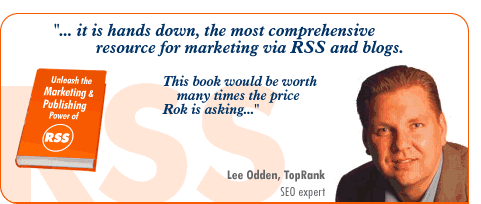| You are here: Home » The Marketing Diary » Real-life Marketing Experience » My Personal Business Daily Finance Balance Sheet: What We Achieved and How [part #1] My Personal Business Daily Finance Balance Sheet: What We Achieved and How [part #1] I'm leaving my position as the Internet Manager at the business daily Finance in about 5 days. It's been incredible, but now new challenges await. Well, there are two more important projects that I need to finish in these few days: publish the book on marketing communications and law, and hold the best farewell party ever:) This might also be a good time to review my personal balance sheet of the time spent with Finance, the good and the bad, and what we achieved during this time. Let's start with the good (and what we did to achieve it, so there are a few lessons to be learned here), and hope that all this doesn't come out as bragging:) 1. Achieving the #1 internet media ad property position Under my leadership, we won the #2 position among the top Slovenian internet advertising properties, bettered only by the #1 Slovenian search engine, but won first place among internet information media. The really interesting part here is that our web site, Finance-on.net, only reaches about 8% of the Slovenian internet population, although this is the most sought after population --> people in business and people with the most buying power. The search engine that got the better of us reaches more than 80% of the Slovenian internet population, and the web site that came in third, just behind us, reaches more than 35%. How did we do it? a] We turned key internet advertising agencies and media buyers in to strong strategic partners, hugely increasing the business we got from them. Naturally, the fact that the Finance brand is strongly positioned in the Slovenian market helped a great deal, not to mention the combined efforts of our sales reps and the ad sales management team. What's also interesting to note is the structure of our internet ad sales revenues (January - August): Classical banner ads: 58,57% As you can see, classical banner ads, which were once bringing in more than 95% of total internet ad revenues, have now been reduced to 58,57%. This is still alot, but it does show that other ad formats are gaining momentum. We've become especially dependant on advanced internet ads. Sponsored links really aren't a relevant ad format for Finance, since Finance-on.net is a business news internet medium. In terms of internet ad sales we also found that advertisers still don't care enough about their internet advertising, namely, more than 50% of them don't even care to see the general statistics for their campaigns, while most don't even care how many people and who their campaign will reach. The chances of this happening increase with the relative decrease of the total campaign budget alocated to the internet (but we are still talking about large absolute numbers). To be continued tomorrow ... Related Articles -->
|

Read about real-life marketing and project management experience, views and results. Follow our projects and see what worked and what didn't and especially what you can learn from our mistakes and successes. Edited by Rok Hrastnik Unleash the Marketing & Publishing Power of RSS
The e-book that is defining RSS marketing.
|
 |
|
|





